Which is the best coffee treated with sun, water or honey? 5 minutes to know the method of coffee and raw bean treatment.
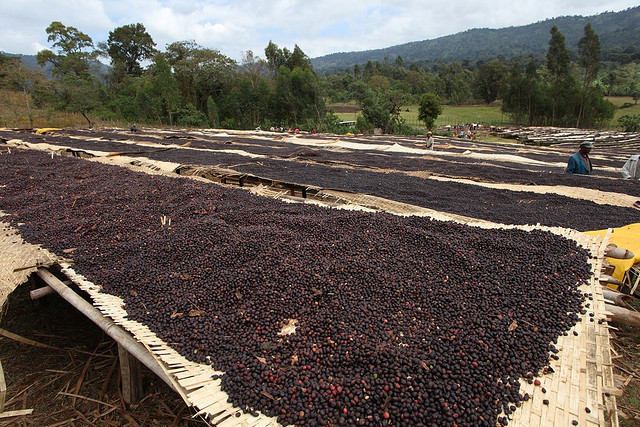
For professional baristas, please follow the coffee workshop (Wechat official account cafe_style)
Coffee raw beans, not picked from the tree can be directly roasted to drink, to have a good flavor also need to go through a lot of steps. People often think that the flavor of coffee depends on the variety, the planting environment and the way it is made, but they do not realize that there is a link between replanting and roasting, which is called "coffee bean treatment." A good way of handling can lead to the hidden flavor of coffee beans. Just as wine is a wine that needs to be well brewed to produce a great flavor, the treatment is similar to that of raw beans, which is caused by bacteria and coffee beans, using fermentation to guide the flavor. And what kind of flavor will be produced by different treatments?
Tanning is the oldest and most primitive treatment of coffee beans. It is to put the harvested coffee cherries on the terrace (in fact, many of them are very similar to the ground of the early courtyard, and some are even directly exposed to the sun on the side of the road) and receive direct sunlight exposure (about 27-30 days). The moisture is dried from 60% to only about 12%. The concept of this treatment is very simple and inexpensive, but it has a lot of variables and risks; it has been used for a long time to deal with beans that are not of such good quality. (so in the past, in some producing areas, such as Yega Xuefei, the best sun-dried beans were only G3). Sun treatment usually adds blueberry, strawberry or tropical fruit flavor to the coffee, which has mild acidity, but sometimes produces negative flavors, such as land flavor, wild flavor, overfermented flavor and fecal flavor next to the barn.
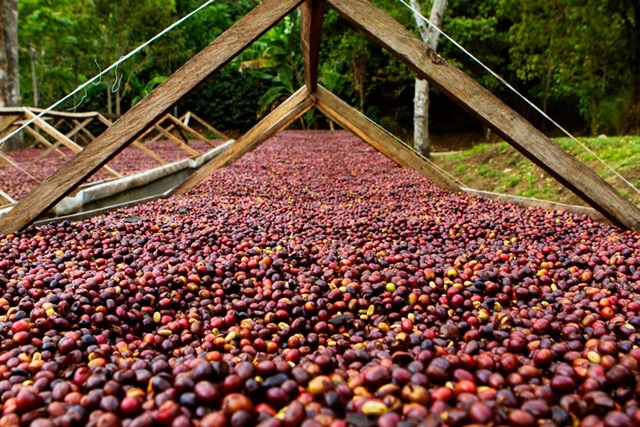
However, nowadays, the method of tanning is becoming popular again, and it is even one of the important treatments for competition-grade coffee beans. This improvement comes from the use of improved African viaducts. This viaduct's design not only avoids moisture, dust and animal droppings on the ground, but also allows berries to have more air convection and dry more evenly than fruits. In addition, farmers continue to carefully turn the berries regularly, which also makes the flavor of the beans brewed through the pulp, and the flavor is getting better and better. (we will discuss it later)
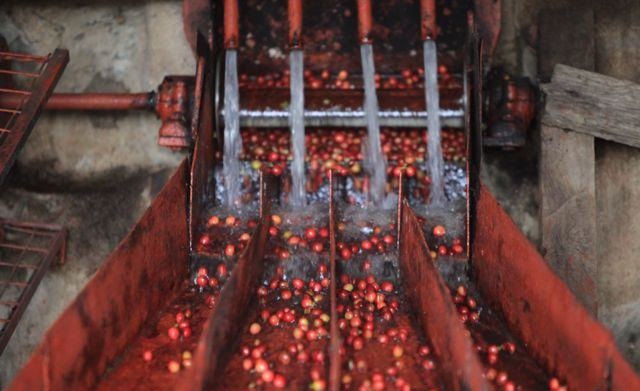
In view of the disadvantages of the traditional solarization method, the water washing method comes along with it. Use a peeling machine to separate most of the pulp from the coffee beans, then guide the shelled beans to a clean sink, soak them in water and ferment to completely remove the residual pulp layer. In the past (about five years ago), washing was often the first choice for good coffee bean treatment. Through water treatment, unripe beans and defective beans are selected because of buoyancy, and the fermentation process is easier to control, so the flavor is not mixed like sun beans, but shows obvious acidity, complexity and cleaner (without any negative flavor, such as astringency or sharpness). But it is also because it is too "clean" and the richness of the flavor is a little weaker.
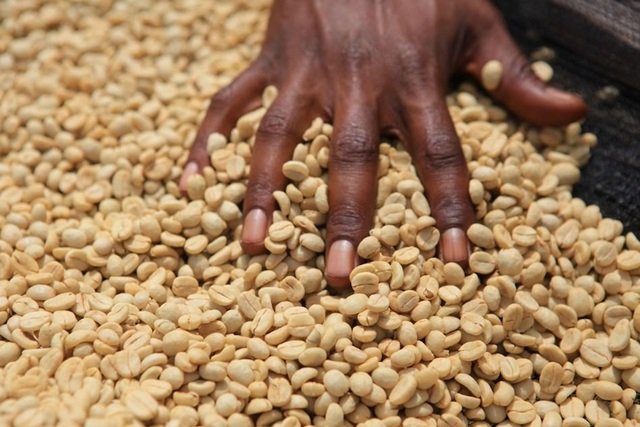
Then there is the honey treatment that you may rarely hear about. This does not mean to wrap a layer of honey on the coffee beans, the "honey" here refers to the mucous layer of the coffee pulp. After harvest, the fruit will peel off the outer pericarp with a peel machine, leaving the flesh in the sun, so that the sweetness of the flesh can enter into the beans, and it does not have to take as long as the sun method, which is now a popular treatment. Central American countries such as Costa Rica and El Salvador are good at it (want to try it? Coffee green Costa rica honey beans are great.
Honey treatment plants are cheaper to build than other methods, so it is a boon for small cooperatives. However, the process is complex and laborious, and if not properly controlled, the whole batch of beans will stink of overripe fermentation, but if they are well done, the coffee beans will have an obvious sweet feeling. The Faramy Manor, Shuma Manor, and Tang Meo we sell all belong to this type of coffee beans. it is also worth mentioning that small farmers in Taiwan have also begun to try honey treatment. Alishan tropical dance manor, but also because of honey treatment in the international ranking!
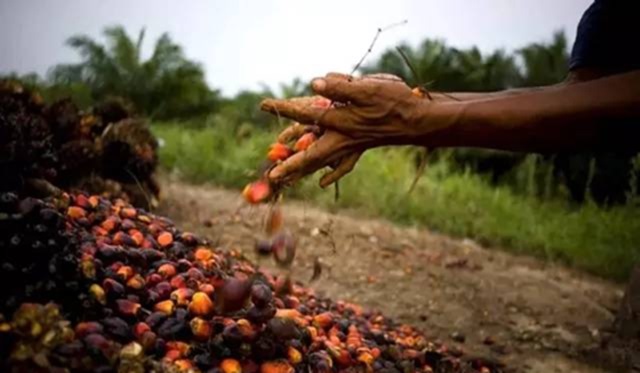
Finally, there is a Sumatran semi-washing method, also known as wet stripping or wet planing. Different from other treatments, coffee beans are not directly dried to a moisture content of 110.12%. Instead, when the moisture content is about 300.35%, the surface hard shell is removed and the surface of raw beans is directly exposed. then continue drying until it reaches a moisture content that is non-perishable and easy to store, and this secondary drying gives the coffee bean a swampy dark green appearance. Coffee beans treated with semi-washing have lower acidity and thicker properties. But the process also produces many different flavors, such as wood, soil, mildew, spice and so on, and whether these flavors are pleasing or not is of course controversial. However, the market has already regarded these as the inevitable taste of Indonesian coffee beans, which is why this treatment has not disappeared yet.
In the future, before you taste the coffee, you might as well see what kind of treatment the coffee beans have gone through, as a preliminary selection of flavor.
Important Notice :
前街咖啡 FrontStreet Coffee has moved to new addredd:
FrontStreet Coffee Address: 315,Donghua East Road,GuangZhou
Tel:020 38364473
- Prev
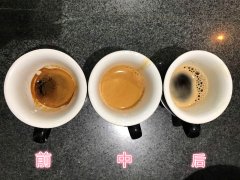
Coffee from color to aroma in-depth understanding of the essence of espresso
In terms of pure sensory enjoyment, what are the few experiences in daily life that are comparable to a good cup of coffee? A cup of hot coffee brewed from freshly baked beans has a charming aroma that can pull sleeping people out of bed and introduce passers-by into the cafe. There are millions of people around the world who will spend the day without caffeine in their coffee to clear their heads.
- Next
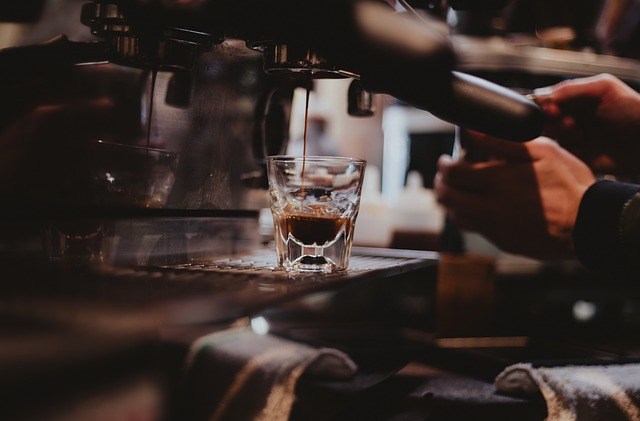
How to make espresso high quality and stable? Try this method.
Why do qualified cafes always ensure that the quality of coffee is stable and delicious no matter when it is tasted? Is it because the barista is skilled? Or is it because of the good humidity in the cafe? Actually, neither! Because every time the coffee is extracted accurately. What is coffee extraction? Coffee extraction is to extract the most balanced and essential taste of coffee. Principle
Related
- What is the meaning of lactic acid fermentation with coffee bean treatment?
- How to judge the state of foam by sound?
- How does the latte pull out the unicorn pattern? Come to get for a little trick to improve the flower pull!
- Will flower pulling affect the taste of the latte?
- Do you know the history of coffee?
- The difference between honey treatment and sun washing what is raisin honey treatment?
- What kind of milk can a novice use to make coffee foam to keep the foam longer? The correct method and skills of milking tutorial sharing
- Why do washed coffee beans taste sour? Flavor characteristics of washed Coffee
- Introduction to the skill of how to practice the size and height of water injection around the circle of hand-brewed coffee
- How do beginners practice coffee flower drawing from scratch?

